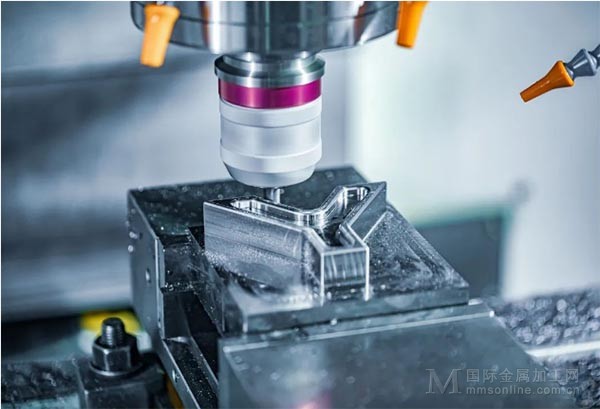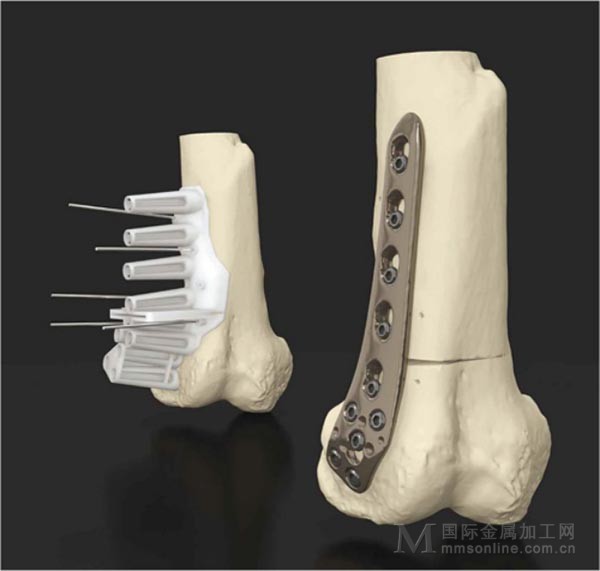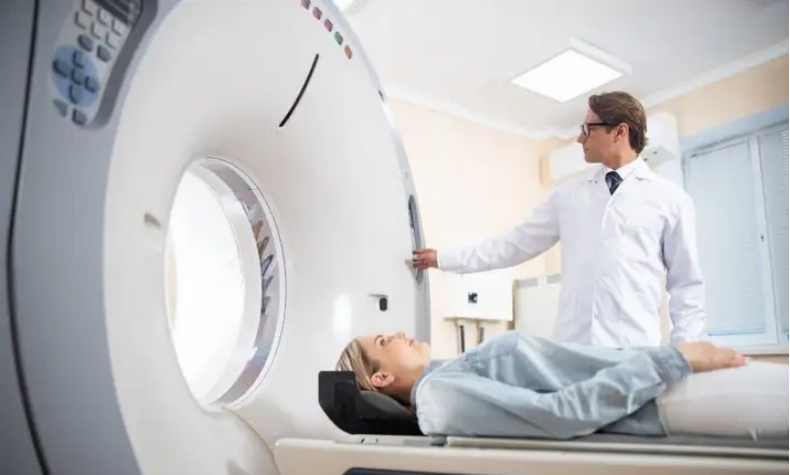
Characteristics of Medical Industry Parts
The medical industry specializes in producing various medical devices to address a range of health protection issues. These devices comprise numerous parts of different sizes, precision, materials, and complex shapes. To manufacture these parts, the medical industry employs various technical processes, with machining still playing a vital role. The general principles for machining medical device parts are no different from those for similar non-medical parts. However, some parts require complex machining processes. These processes are challenging and necessitate new process flows, essential machining equipment, and the correct selection of cutting tools. Tool manufacturers are dedicated to developing unique tools to ensure high productivity and high profitability in the production of medical parts.
Machining Requirements for Medical Industry Parts
Orthopedic and dental surgical components are typical complex parts with high machining requirements. Typical implant materials, such as titanium alloys, cobalt-chromium (CoCr) alloys, and stainless steel, are challenging to cut. Many implant parts have complex shapes requiring multi-axis machine tool processing. Implant components and their corresponding parts are usually small in size, demanding strict dimensional tolerances and excellent surface roughness.
Modern high-performance small to medium-sized multi-tasking machines, Swiss-type lathes, and lathes with live tooling are the most efficient machines for machining implant parts. To maximize cutting capacity, the machines must be equipped with suitable tools. When developing cutting tools for machining implant parts, tool manufacturers consider the aforementioned characteristics to ensure the right solutions are proposed.

Artificial Acetabulum
Artificial hip joints typically consist of four independent parts: the femoral stem, the ball head, the acetabulum (or cup), and the ultra-high molecular weight polyethylene liner embedded in the acetabulum. As joint prostheses, these materials must have high strength, reliable chemical stability and safety, low friction but high wear resistance, and excellent biocompatibility; thus, medical-grade materials and hard-to-machine materials like surgical stainless steel, titanium, or cobalt-chromium are widely used.
Challenges in Machining
Demand for increased machining efficiency.
Ensuring process safety while improving tool life and tool wear predictability.
Minimizing vibration when using long overhangs and challenging workpieces and fixtures to achieve high-quality surface accuracy.
Machining Solutions with High-Precision Cutting Tools
The inner and outer rotary surfaces of the artificial acetabulum, including the inner and outer cylindrical surfaces, conical surfaces, and spherical surfaces, can be machined by turning methods. The tool insert substrate can be made of carbide material with good thermal conductivity, coated with AlTiN. The chip breaker structure of the tool insert should facilitate easy chip formation and removal, so a large rake angle with curved cutting edges should be chosen. Metal cup inner spherical turning is generally difficult, but using a large rake angle insert can ensure smooth chip and heat discharge. Drilling titanium alloys and other difficult-to-machine materials involves poor cutting and heat dissipation conditions. Holes in prosthetic parts can be machined with solid carbide drills with a wavy main cutting edge, which balances sharpness and wear resistance by eliminating the negative rake angle structure near the center. Ground with triple relief surfaces, the drill has zero chisel edge length, reducing flank friction and wear while enhancing centering ability, making it both sharp and durable. The dual-curvature helical flute ensures smooth chip removal, and our ball nose end mills can be used for inner spherical machining. Made from ultra-fine grain carbide with a high-hardness, ultra-wear-resistant monolayer nano-coating, these tools offer a hardness of HV3700, oxidation resistance up to 1300°C, and a friction coefficient of only 0.48 at 800°C against high-hardness steel, significantly improving wear resistance and damage resistance for high and stable machining quality.

Production of Surgical Tools
Complex surgical procedures require high-precision, specialized tools. These instruments range from simple scalpels and scissors to complex mechanical arms for minimally invasive surgery. These tools must be manufactured with high precision. High-precision cutting tools play a crucial role in producing surgical tools needed for various medical procedures. CNC machines can achieve complex geometries and strict tolerances, making them ideal for producing intricate surgical tool designs. For instance, robotic-assisted surgical instruments can be machined using CNC technology to ensure the highest accuracy, allowing surgeons to perform complex procedures with greater precision and fewer complications.
Electronic Medical Devices
Many medical devices, such as MRI scanners, heart rate monitors, and X-ray machines, are equipped with thousands of electronic components requiring high-precision cutting tools. Examples include switches, buttons, and control levers, as well as electronic housings and enclosures.
Unlike implants and surgical tools, these medical devices do not need to be biocompatible, as they do not come into direct contact with the patient’s internal systems. However, the manufacturing of these parts is still heavily regulated and controlled by multiple regulatory agencies. Failure to comply with the standards set by these regulatory bodies can result in hefty fines (and sometimes imprisonment) for machining shops. There have been instances where involved medical professionals have had their licenses revoked. Therefore, choosing medical device manufacturers wisely is essential.
Customized Prosthetics
Personalization is becoming increasingly important in healthcare, particularly in prosthetics. Patients need prosthetic devices that perfectly fit their bodies, and traditional mass production techniques often fall short of meeting these needs. High-precision cutting tools are transforming the field of prosthetics, enabling the production of customized devices based on each patient’s unique physiological characteristics. Using 3D scanning and CAD modeling, prosthetics can be manufactured with intricate details and high-precision dimensions, ensuring optimal function and comfort for patients.
Small Orthopedic Hardware
Orthopedic devices such as plates, screws, and rods are widely used in the medical field to repair or replace damaged bones and joints. Given the critical role these devices play in patient recovery, their manufacturing must be of the highest precision and quality. High-precision cutting tools are essential in the production of these orthopedic devices. These tools can machine complex geometries with high precision, making them ideal for producing such equipment. Additionally, high-precision cutting tools can handle a variety of biocompatible materials, including titanium and stainless steel, commonly used in orthopedic devices.

Prototyping Medical Devices
Before any medical device goes into mass production, creating prototypes for testing and validation is crucial. High-precision cutting tools provide a fast and cost-effective solution for producing medical device prototypes. With the ability to quickly generate multiple iterations of a design, engineers can test and refine devices to ensure their safety, efficacy, and regulatory compliance. This capability is vital in the fast-paced medical device development field, where the ability to quickly bring new products to market can be a significant competitive advantage. High-precision cutting tools also enable the production of small batch prototypes, minimizing waste and saving material costs during development.
Dental Tools and Implants
High-precision cutting tools are essential for providing high-quality dental care by creating custom dental tools and implants. Dentists worldwide rely on advanced CNC technology for precise treatments. This technology is ideal for producing durable instruments such as drills, scalers, probes, and forceps, which are essential for various procedures.
Producing these instruments requires exceptional durability to withstand sterilization while ensuring patient safety. High-precision cutting tools offer repeatability and strict quality control, ensuring that each tool meets rigorous standards. Dental implants provide a long-term solution for missing teeth and require precise customization using high-precision cutting tools. These implants are created based on digital scans, ensuring an accurate and personalized fit for each patient. High-precision cutting tools have revolutionized the production of dental restorations, improving treatment outcomes.
Challenges in Medical Part Machining
Medical part machining is a rapidly developing branch of modern manufacturing that incorporates new engineering materials, such as composite materials, and new technologies like 3D printing. Modern machining solutions involve not only the production of orthopedic and dental parts but also medical equipment, medical device parts, and micromachining of medical devices. New trends present new challenges to the medical industry, requiring solutions from other fields related to medical product processing. Tool manufacturers, in particular, need to stay abreast of ever-changing industry trends. By keeping up with these changes, tool manufacturers will be able to provide ultimate solutions for machining complex medical parts.
Website of International Medical Devices Exhibition: http://www.chinaylqxexpo.com/








